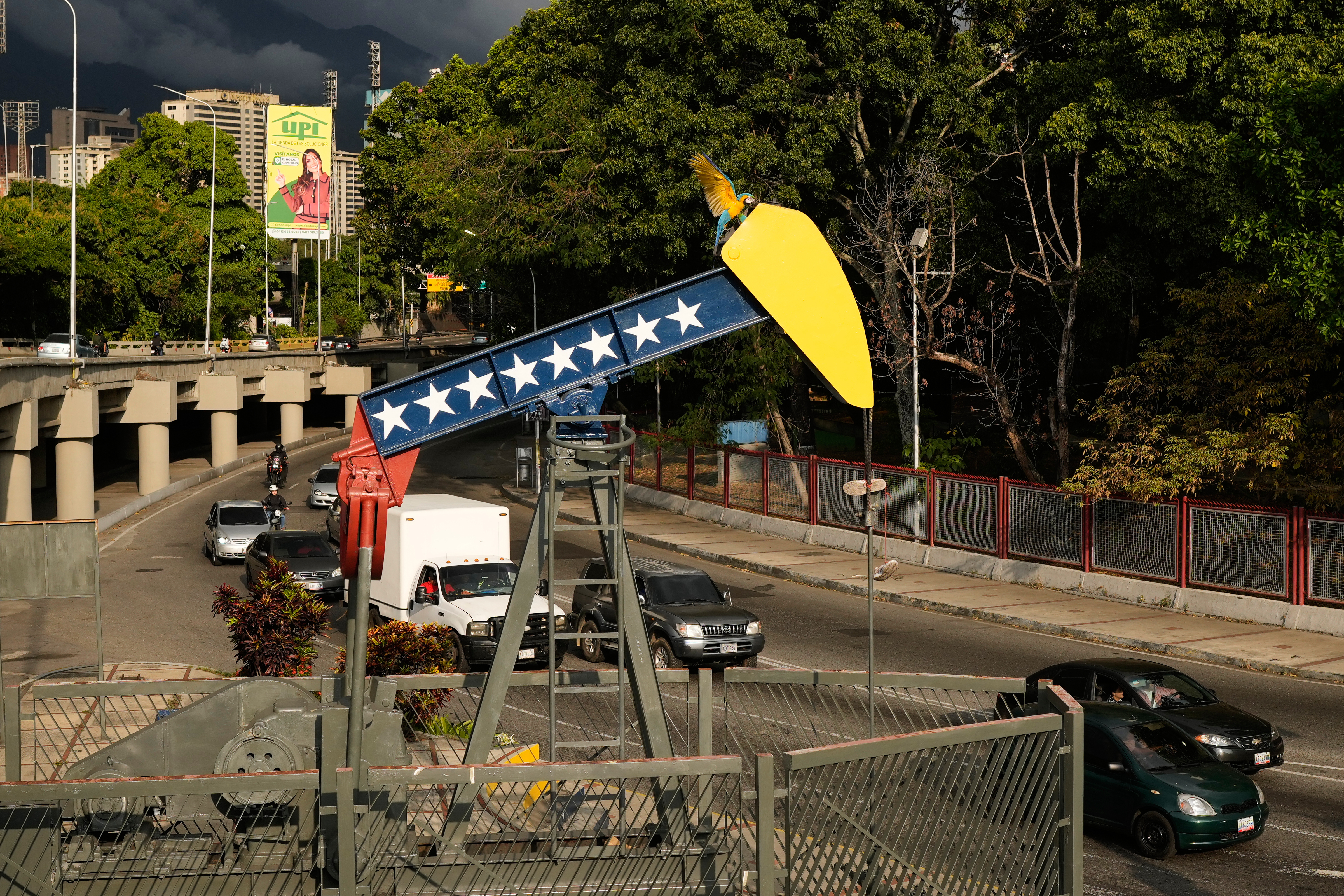Saturday marks one year since abortion laws and regulations changed in the United States — a direct result of the Supreme Court's opinion on abortion. Before last year, abortion restrictions were generally not permitted prior to the point of viability, which occurs around 23-24 weeks of pregnancy.
Now, abortion restrictions vary from state to state. On the map below, dark red states are where abortion is mostly banned entirely. Other states identified on the map have said abortion can't happen after six weeks, 12 weeks, or between 15 and 20 weeks of pregnancy.

The last year has also seen this fight take center stage in state courts. All of these states are where proposed bans have been blocked by the courts: Arizona, Indiana, Montana, North Dakota, Ohio, South Carolina, Utah and Wyoming.
Meanwhile, more progressive states have been impacted, too. Many states are passing new abortion protections and, as result, they have seen individuals travel to their state for procedures.

Trust in Supreme Court hits 50-year low after abortion decision
In 2022, fewer Americans had a "great deal" of confidence in the court than in 2021, and more Americans said they had hardly any.
As far as where the abortion fight goes from here, you shouldn't expect Washington to play much of a role. The Supreme Court is not expected to revisit its decision anytime soon and Congress is not expected to tackle it either because of the current political makeup on Capitol Hill.
One place that will be addressing this issue for years to come is state capitols. Six ballot measures regarding abortion were introduced last year, and reproductive rights advocates won all of them. More can be anticipated in the future.











